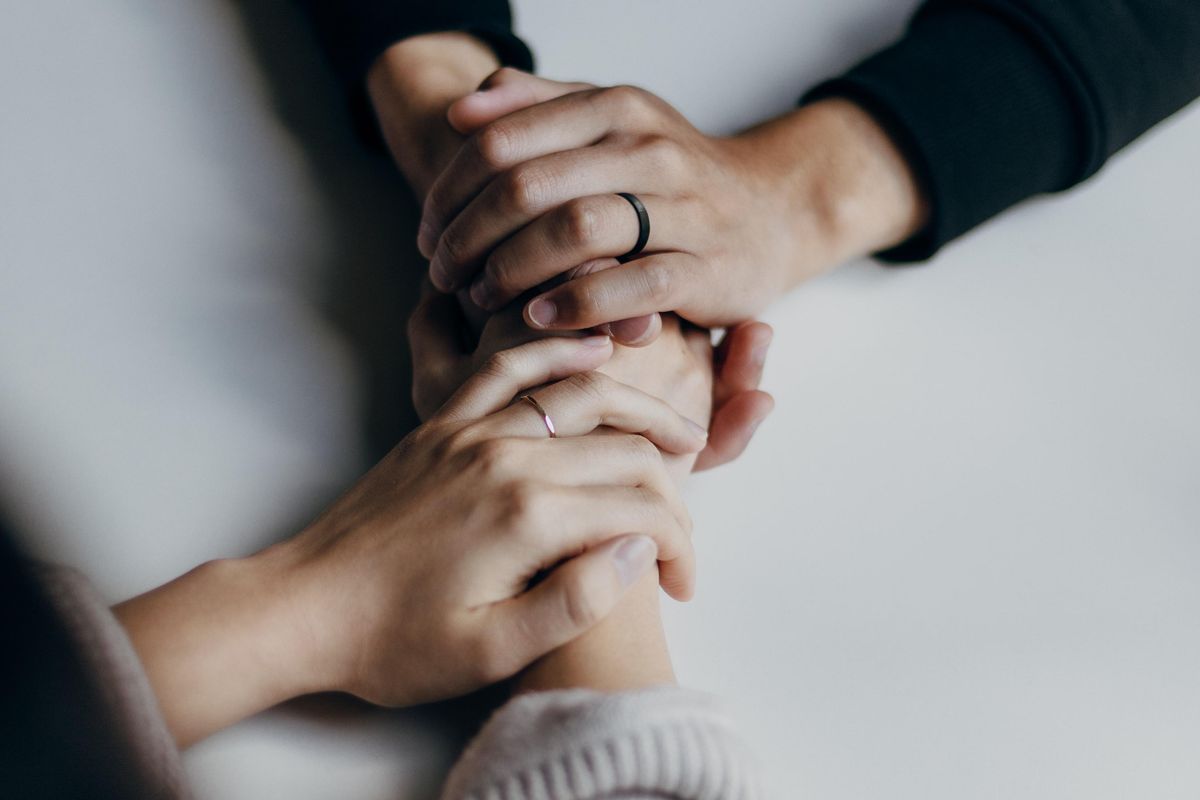
My heart dropped when I read the message from my friend. Normally the exchange is pleasant and I look forward to our conversations but before I even opened the message, the preview told me that something was wrong. All I could see was, “Did you hear about Edith’s son?”
I hesitated before opening the message because I knew it wouldn’t be good, and sadly, I was right. Our friend posted that she was planning funeral services for her 15-year-old son, explaining that he died by suicide. I didn’t have the words so I waited days to reach out to share condolences.
It hit too close to home. I have a 14-year-old son. I’ve talked to my children about mental health and how it’s always OK to seek help, even when it feels hopeless. I’ve given tools to clients and friends who are struggling with their own child’s mental health diagnosis and the script remains the same, “I feel like it’s my fault.”
Shortly after Orion’s funeral, one of my own children came to me expressing despair and with all of my training I immediately went to self-blame, still. Even though I know better. Even though my job as a therapist is to help others navigate these feelings. “It’s my fault” rang in my ears. But just like I tell other parents, your child’s mental health disorder is not a failure on your part as a parent. Some people are just depressed without real explanation. Some people’s brains are wired a little bit differently and that doesn’t mean that someone broke them or that they’re broken at all.
Getting a mental health diagnosis for a child can sometimes knock the wind out of people because as parents the single most important job we have is to get our children to adulthood with as little trauma as possible. We taxi them to different sports, sign ourselves up for field trips and make sure they make it to their well-child visits. We do all of the things to get them across the finish line of adulthood. A mental health diagnosis can feel like you’ve somehow dropped a very important ball and oftentimes, you didn’t.

Our kids live in a completely different world than we did growing up. They’re inundated with messaging on a constant basis, and even if you do your best to limit their screen time, it’s impossible to escape. Social media continues to be a big driver in declining mental health among teens.
While suicide rates briefly showed an overall decline a couple of years ago, rates of suicide are highest among teens and young adults ages 15 to 24. Mental health conditions in kids such as depression, which can sometimes lead to suicide, are a heavy burden on parents, even without the added burden of guilt. Parents can talk to their children often, check in on active coping skills they’re using and give them some if they don’t have any.

One of the most important things a parent can do is let go of the guilt. Nothing about your child’s mental health struggles says anything about you as a parent, especially If you’ve been doing the best you can. If you’re struggling with feelings around your child’s mental health disorder, you too should reach out to a therapist.
Not all mental health disorders result in a catastrophic loss through suicide, but it doesn’t hurt to make sure your children have suicide hotlines saved in their phones and posted on the fridge. While death by suicide is tragic, it’s also important to remember that it’s not anyone’s fault.

If you can look at all you’ve done and can say you’ve provided a safe and nourishing environment for your child, I invite you to lay down the self-blame. Parenting is hard enough without beating ourselves up over things outside of our control.
If you or someone you know are having thoughts of suicide or require mental health support, call or text 988 to talk to a trained counselor at the Suicide & Crisis Lifeline, or visit 988lifeline.org to connect with a counselor and chat in real time. The Lifeline provides 24/7, free and confidential support for people in distress as well as prevention and crisis resources for healthcare professionals.
The Trevor Project provides 24/7 crisis counseling via phone, text or chat specifically for young LGBTQ people.
